The fact that I didn't recognize chestnut wood when I saw wooden toys made by Nicu Rosioru, prompted me to find out more about this wood. What upset me was the fact that I should have recognized it, because I was not seeing a chestnut wood for the first time. I knew it looked like oak tree (probably also why I mistook him), I knew of his warm, slightly brownish color and yet I didn't recognize him. The follow up was some serious documentation and that's how I learned many new and interesting things about chestnut.
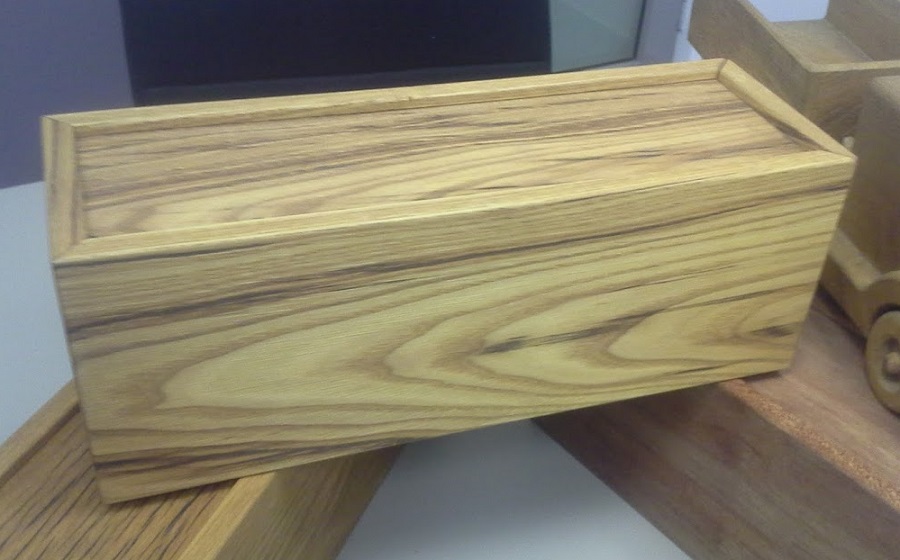
Like most species, chestnut is of many kinds: European chestnut, American chestnut, Japanese chestnut, Chinese chestnut, etc. The one that grows here and whose wood is used for furniture, floors or beams is the European chestnut, also called sweet chestnut or Spanish chestnut. Contrary to expectations, this is the chestnut whose fruit is edible, not the one we see in parks and gardens and whose flowers delight us in spring. Although it is very similar, it belongs to a completely different family and its role is more decorative or for shade.
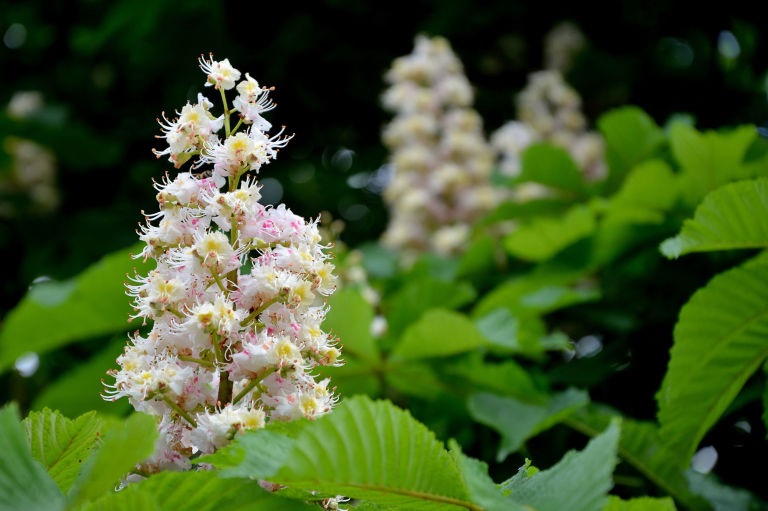
photo source: countryliving.co.uk
The European chestnut (Castanea sativa) grows naturally in Europe and the Middle East. It is widespread in the Mediterranean area because it loves mild climate and humidity, but this is not the only area where it can be found. It is practically widespread throughout Europe, in some areas - such as the UK - it is even grown as timber. In our area, too, they are commonly found in Maramures. You probably know that it has been a problem in recent years, with many of the trees becoming diseased and drying out. Fortunately it seems that this disease has been conquered and the trees are gradually recovering.
The chestnut (for simplicity I will refer to the European chestnut) grows to a height of 30-35 m and a diameter of 1.5-2m. Even if it stops growing in height, its stem can continue to grow, thickening. The bark of the chestnut is very vertically notched, sometimes the notches are oblique and give the tree a very interesting appearance.
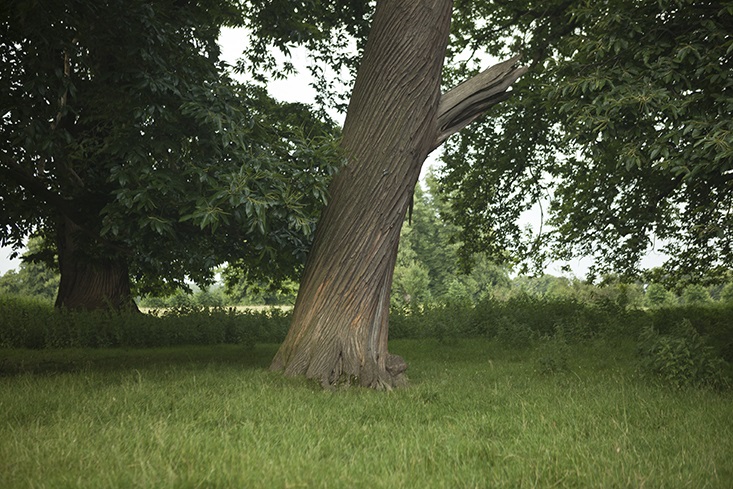
The fruit is very similar to the decorative chestnut, but unlike the decorative chestnut it has 2 much smaller chestnuts inside.
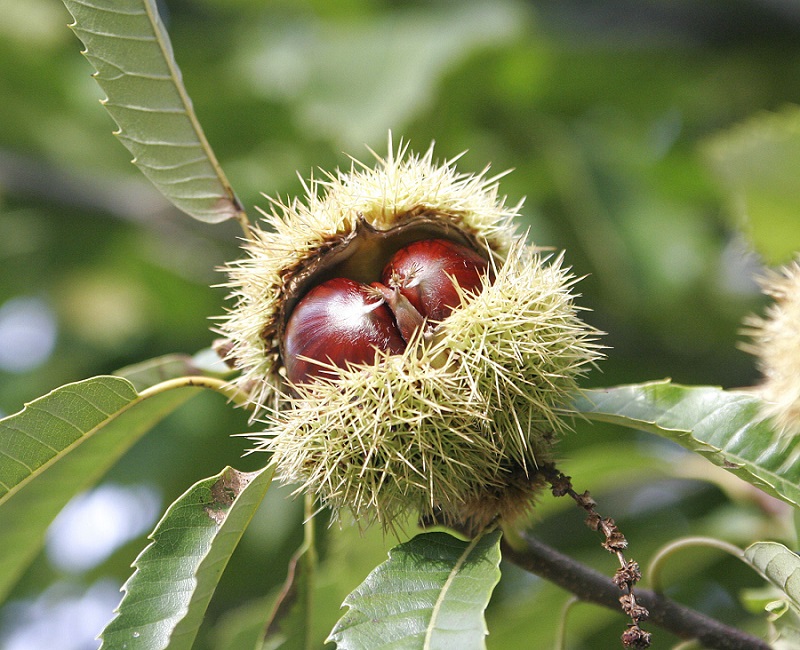
Chestnut wood is hard and strong, yet has a certain elasticity. It is very rich in tannin which makes it resistant to external conditions. It can also stay under water for a long time and is very resistant to rotting. Excess tannin causes it to react with iron, which is why steel nails and screws are recommended. From its bark is extracted the vegetable tannin used in the traditional processing of natural leather.
In cross-section, a narrow area of yellowish-white to light grey sapwood and an area of light to medium brown heartwood is seen on the outside. With increasing age the colour darkens to reddish brown. The annual rings are highly visible, within the ring there are clear differentiations between early and late wood.

The texture is coarse, uneven, with straight, sometimes spiral grain. The pores in the earlywood zone are large and round, solitary, arranged in 2-4 rows. The pores in the latewood are much smaller, almost invisible to the naked eye, numerous and unevenly spread.
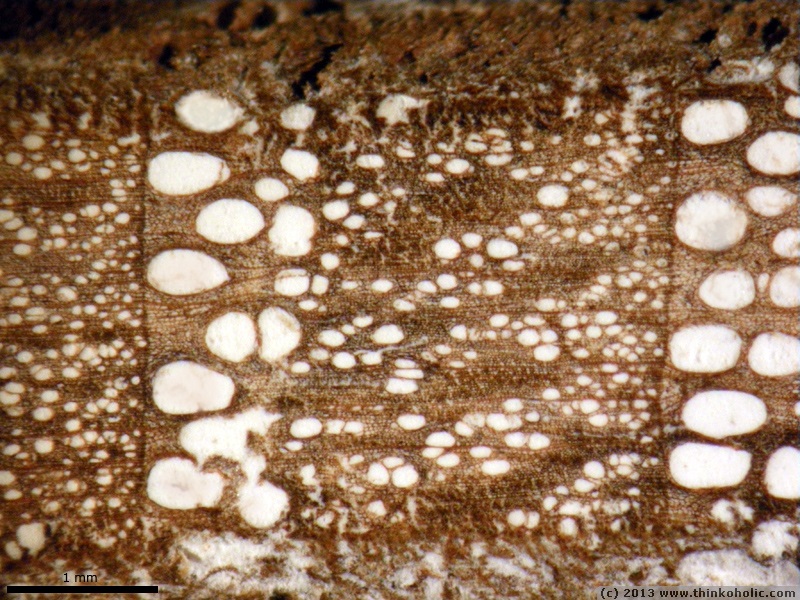
When freshly cut it is very similar to oak, but as it dries it differs. The lack of medullary rays in the chestnut (no mirrors) can be used as an identifier.
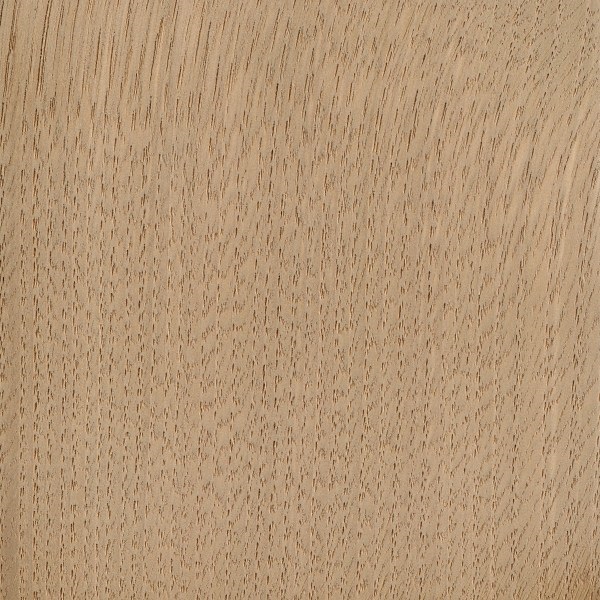
Green lumber has a tendency to crack, so drying must be done very carefully to avoid cracking. Once dried it is very stable, with little dimensional variation. This is another reason why it is used a lot for exterior large constructions, for cladding houses or for beams.
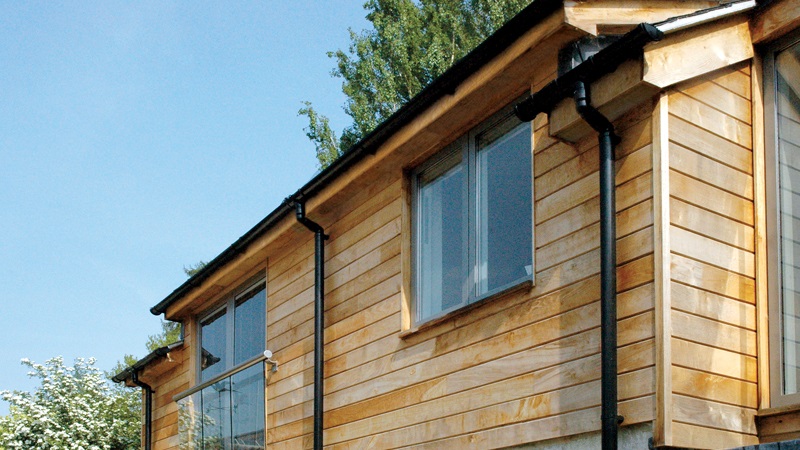
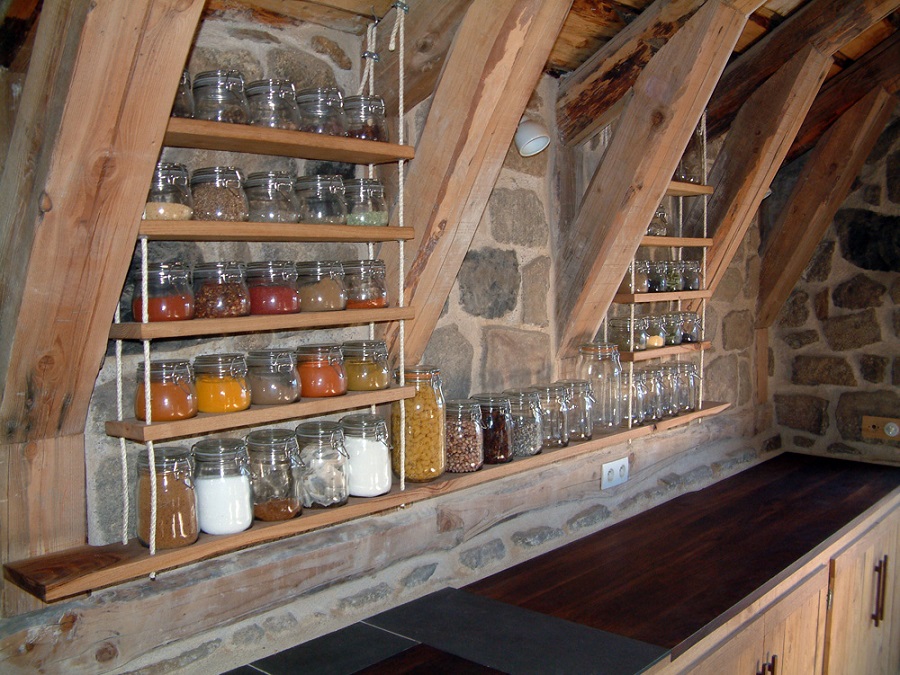
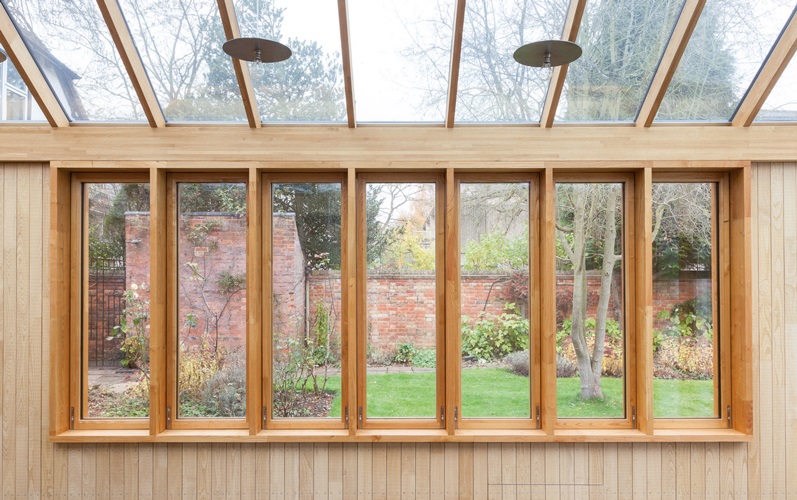
Both solid wood and veneer are used. Depending on the cut the design appears with parallel (radial cut) or wavy (tangential cut) annual ring lines.
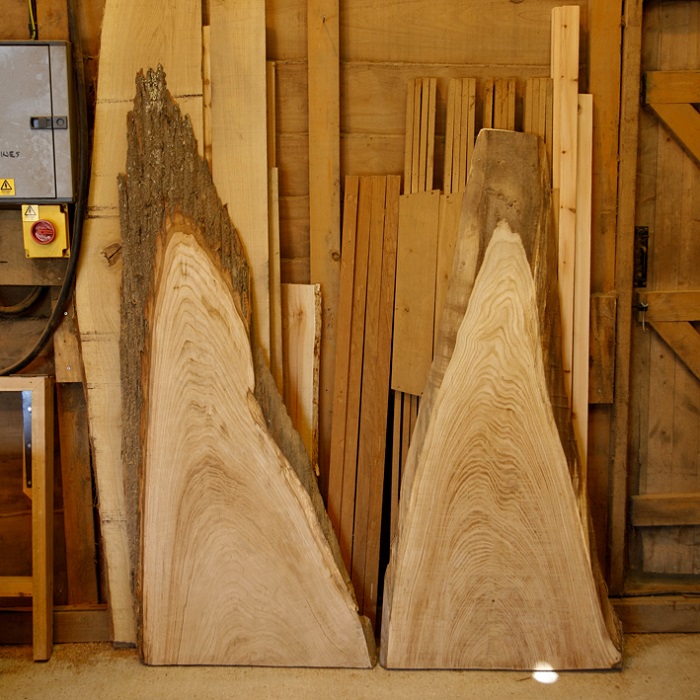
The play between the design of the rings, the large and small pores and the colouring caused by the tannins make chestnut wood very beautiful, suitable for furniture.
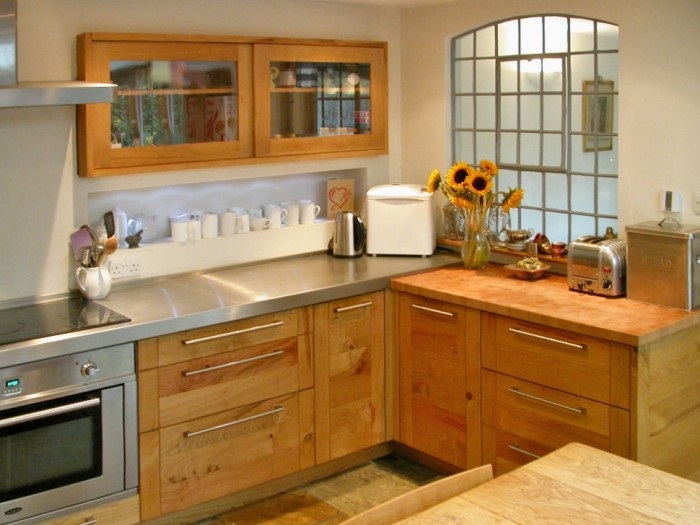
In fact, in countries such as France and Spain, with a tradition of furniture making and where the chestnut tree has grown naturally, antique shops sell old pieces of chestnut furniture.
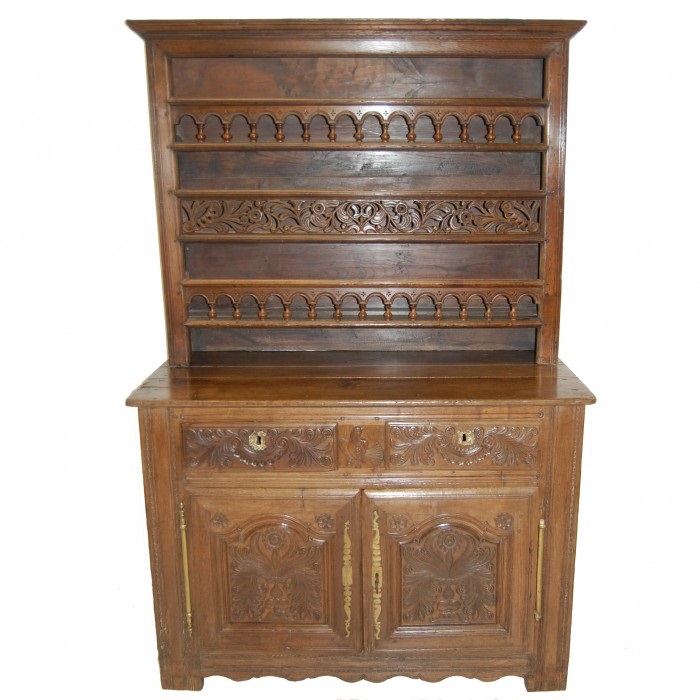
photo source: loveantiques.com
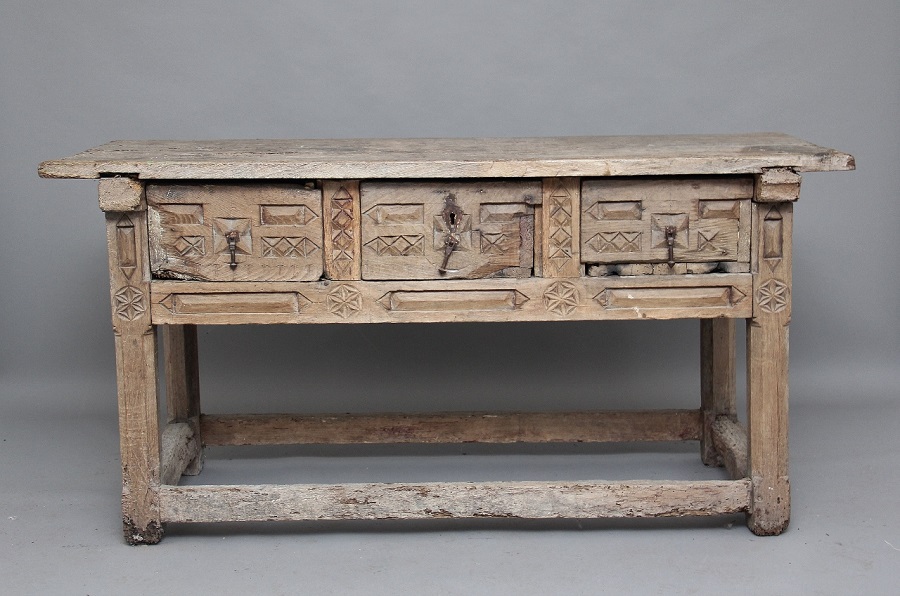
photo source: loveantiques.com
It is also used for floors, both because of its beauty and because when well dried it is very stable, the dimensional variation being insignificant. In addition, the natural colour of chestnut flooring brings warmth to the rooms where it is installed.
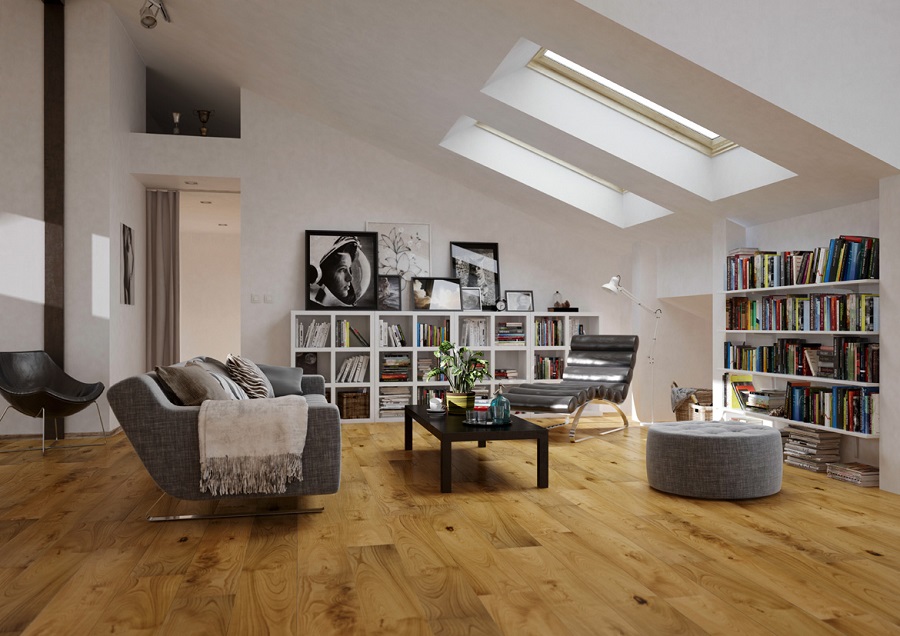
The natural colour of the chestnut is very beautiful and warm. That's why one of the best-selling colours for wood staining, especially outdoors, is chestnut. Those less familiar with wood should be aware that it is not compulsory for chestnut furniture to be made of chestnut wood. It can only be chestnut-coloured, the wood being of another species.
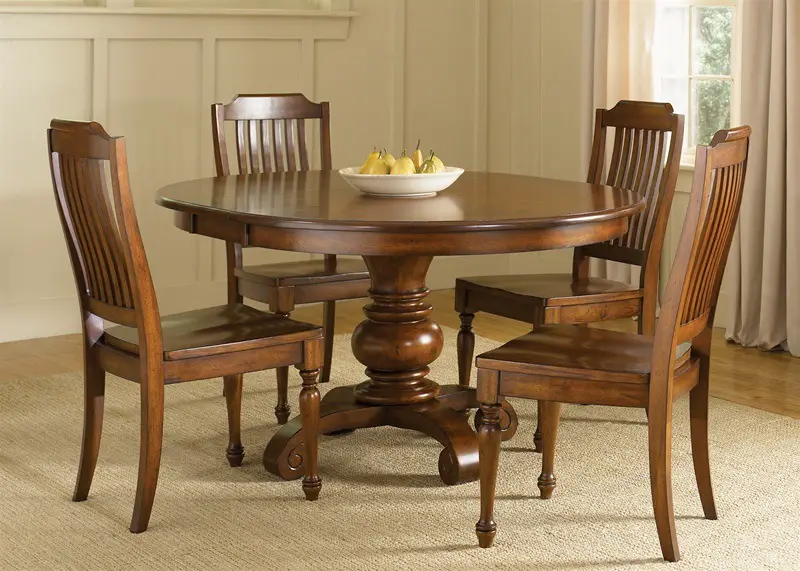
In southern Europe the spread of chestnut is very similar to that of the vine. The explanation is very interesting. Its very good resistance to rotting and its hardness made it very much used in the past for vineyard ploughs. So, over time, it came to be planted next to vineyards.
Another interesting use is in the manufacture of barrels and especially those for ageing balsamic vinegar. The tannic acid in the chestnut wood gives a particular and special taste to this vinegar, which is highly appreciated in Italian and international gastronomy.
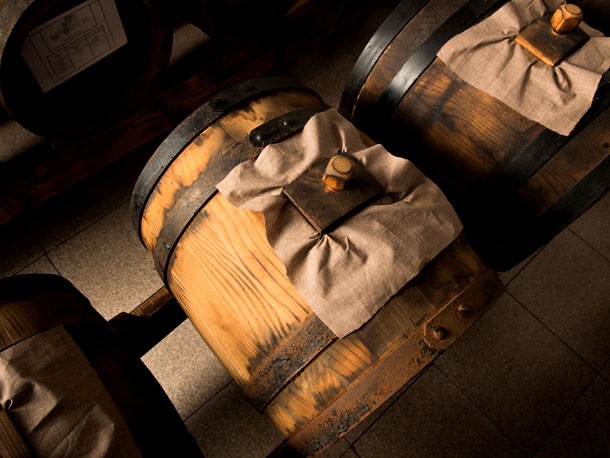
I'm really glad I started this series of articles on wood species because each time I learn new and special things about species I already knew. And each time, even before I finish the article, I already know what I am going to write about. So, get ready for elm and birch.
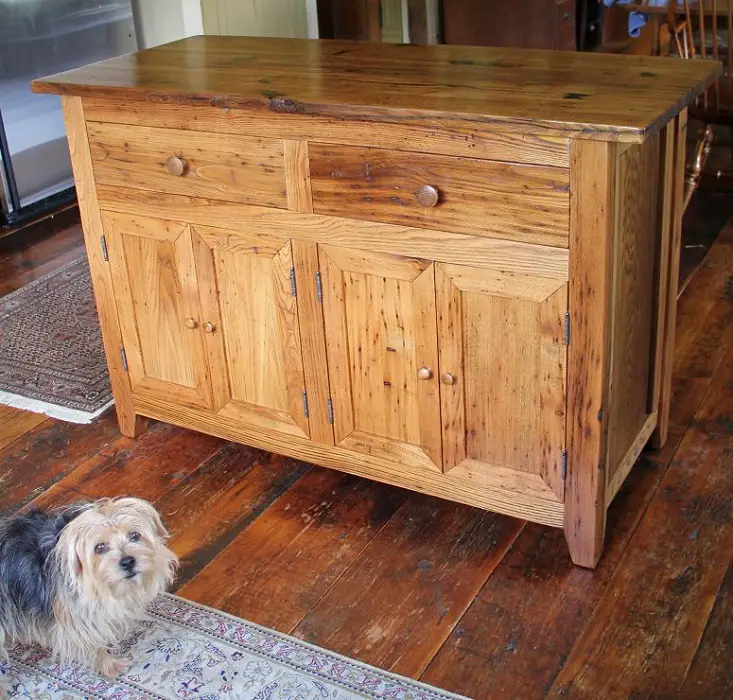

























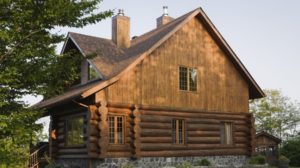
We ate chestnuts brought from Maramures, baked or boiled. How many Romanians have eaten them? Reading the article has enlightened me on the use of chestnut wood. Thank you!
I think you have mixed up data about two different woods - wild chestnut and edible chestnut. The properties of the two woods, in terms of rot resistance, are completely different. In addition, chestnut, both from the literature and from my own experience, is not really a hard wood. Not soft like softwood, but significantly softer than oak or beech. The porcelain one is a little harder than linden, the edible one is softer.